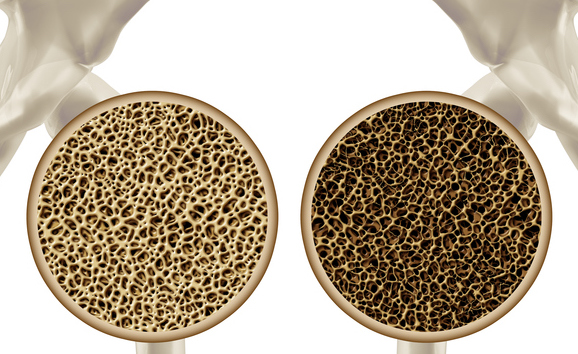
There are various medical conditions that can cause easy fracturing or a susceptibility to fracture. Two of the more commonly considered conditions are Osteogenesis Imperfecta (OI) and Vitamin D deficiency.
Osteogenesis Imperfecta
Often known as brittle bone disease, osteogenesis imperfect (OI) can present with fractures in infancy. It is caused by a gene mutation that affects the structure of the bone. There are four types of OI with varying severity of symptoms; OI type I is not only the mildest form but is also the most common.
Some of the more common features of OI are:
- Bones that fracture easily.
- Short stature.
- Hearing loss.
- Discoloured, brittle teeth (Dentinogenesis Imperfecta).
- Blue sclera (blue colour in the whites of the eyes). However, note that blue sclera can be seen even in healthy infants up to 18 months of age.
- Skeletal deformities of limbs, chest, and skull.
- Scoliosis (curvature of the spine).
The occurrence of a fracture after little or no injury is often the first clue that a child may have OI. To diagnose the disorder, a doctor (geneticist) can look for other clinical features of OI (as detailed above) as well as any radiological signs (such as thin bones or wormian bones on the skull). A family history can be useful to determine if other family members have a history of fractures or other OI symptoms. Diagnosis for OI is based primarily on clinical signs although where necessary collagen testing (DNA from a blood sample is used) can help confirm a diagnosis of OI in most situations.
However, the DNA testing is not 100% conclusive and some people may test negative when they do in fact have the condition (it is estimated that the DNA testing only picks up to 80-90% of people who have the condition). A negative OI test therefore does not necessarily rule out an OI diagnosis (although note that it would usually be sufficient to exclude the disorder in a legal sense in the family courts – on balance of probabilities). Conversely, the presence of OI doesn’t rule out abuse but only shows the child is more likely to fracture with normal handling.
Vitamin D Deficiency
The issue of vitamin D deficiency is one which regularly pops up within care proceedings where a child has unexplained fractures. This is no surprise in light of the increase in the amount of people found to have a deficiency, or even rickets, in the UK in recent years. The main question, however, is how this actually affects an infant's bones.
Vitamin D is technically a hormone rather than a vitamin. It is a nutrient that contributes to healthy bones and helps to control the amount of calcium in the blood. Low levels have been associated with many medical conditions such as osteoporosis, cardiovascular issues, multiple sclerosis and even mental health issues.
The sun is the main source of natural vitamin D but this is dependent on where in the world you live and how long the summer months are. In the UK, we are quite limited as to when the sun is strong enough to produce vitamin D in our bodies. Vitamin D is also found in a few foods such as oily fish, eggs, fortified cereals and powdered milk. Breast milk only contains a small amount of vitamin D (if the mother has adequate levels in the first place) but most baby formula is supplemented with vitamin D.
What seems to be accepted now is that if a mother has low vitamin D levels, it is likely that the infant will be born with low levels. Certain people are more likely to develop vitamin D deficiency that others, such as pregnant/breastfeeding mothers, those who get less sun and people who have darker skin (Asian, African or African-Caribbean).
The department of health recommends that all pregnant and breastfeeding women take vitamin D supplements to ensure that they have adequate levels and therefore that the foetus/baby receives adequate levels. Further, if breastfed, babies should have a supplement also (if formula fed, extra supplement is not necessary).
Numerous things can affect the body’s ability to absorb vitamin D, including genetics, ethnicity, season, latitude, etc. There is no set figure for what is meant by ‘deficient’. There is no fully accepted definition of vitamin D sufficiency, insufficiency or deficiency. The consensus seems to be that below 50 nmol/L is insufficient whilst below 25 nmol/L is deficient.
Essentially, a lack of vitamin D impairs the absorption of calcium and phosphorus and can, in some cases, lead to poor mineralisation in the bones (which causes the bone to soften). This can lead to rickets and poor growth in children. It is thought that currently many children within the UK will have inadequate levels of vitamin D but most of those children will be asymptomatic. There are some clinical signs which may present if vitamin D deficiency is causing a problem, these include bow legs, swollen wrists, delayed walking or sometimes bone pain (such symptoms usually present at toddler age and therefore all of which are difficult to detect in a non-mobile infant).
It is well known that rickets (in its full form) can predispose a child to fractures. Whether a lower level of Vitamin D deficiency also causes the bones to fracture more easily is a much more controversial topic and one which will need much more research before its effect can be fully understood.
